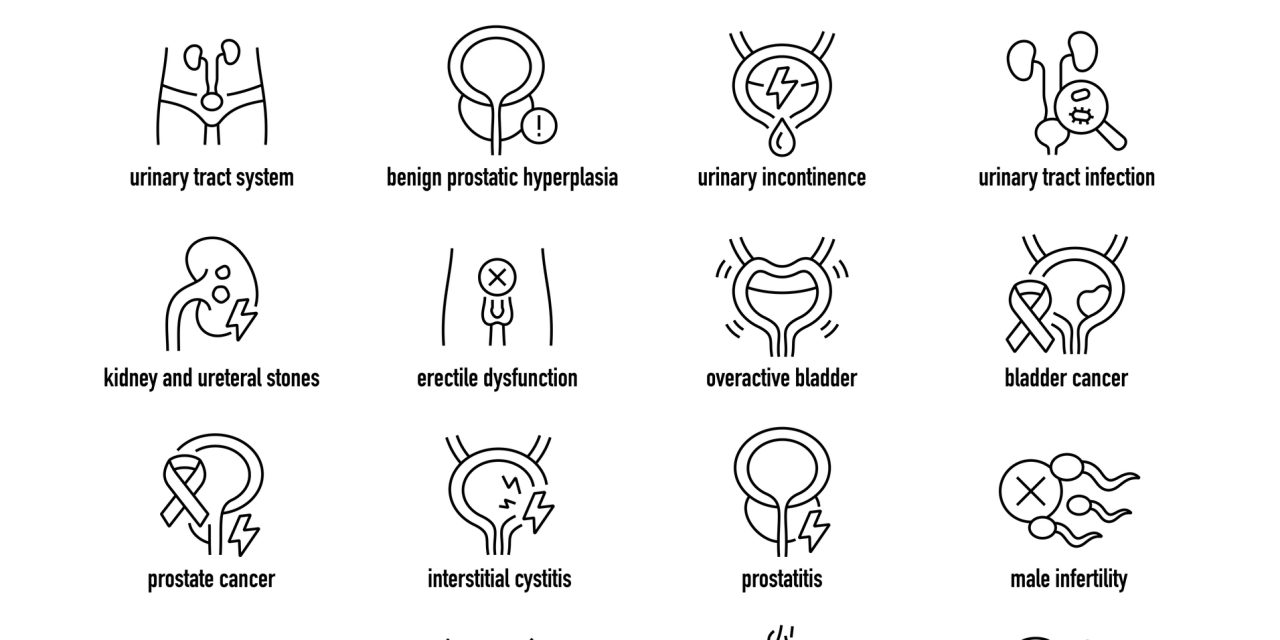Lower urinary tract symptoms (LUTS) are caused by age-related changes in detrusor function and prostatic development, which were caused by changes in the ratio of circulating androgens to estrogens. Because they affect urethral tone and intra-urethral pressure, alpha-adrenergic receptor blockers were often used to treat LUTS. Molecular cloning investigations discovered three 1-adrenergic receptor subtypes (α1A, α1B, and α1D). The α1A subtype predominates in the human prostate but was also found in several regions of the brain that drive cognitive function. Tamsulosin is the most commonly used 1-adrenergic receptor antagonist, with 12.6 million prescriptions written in 2010. Tamsulosin is 10- to 38-fold more selective for the α1A subtype than the other major kinds of α1A-adrenergic receptor antagonists (terazosin, doxazosin, and alfuzosin).
Men who used tamsulosin had a greater risk of acquiring dementia than men who took other -adrenergic antagonists or no -adrenergic antagonists at all (HR 1.17; 95% CI 1.14–1.21).
Based on the findings, researchers believed that tamsulosin, due to its particular affinity for α1A-adrenergic receptors, might enhance the risk of dementia when administered over a lengthy period of time. If the findings are validated, they will have far-reaching ramifications for public health in an aging society.
Reference:link.springer.com/article/10.1007/s11934-018-0821-0


